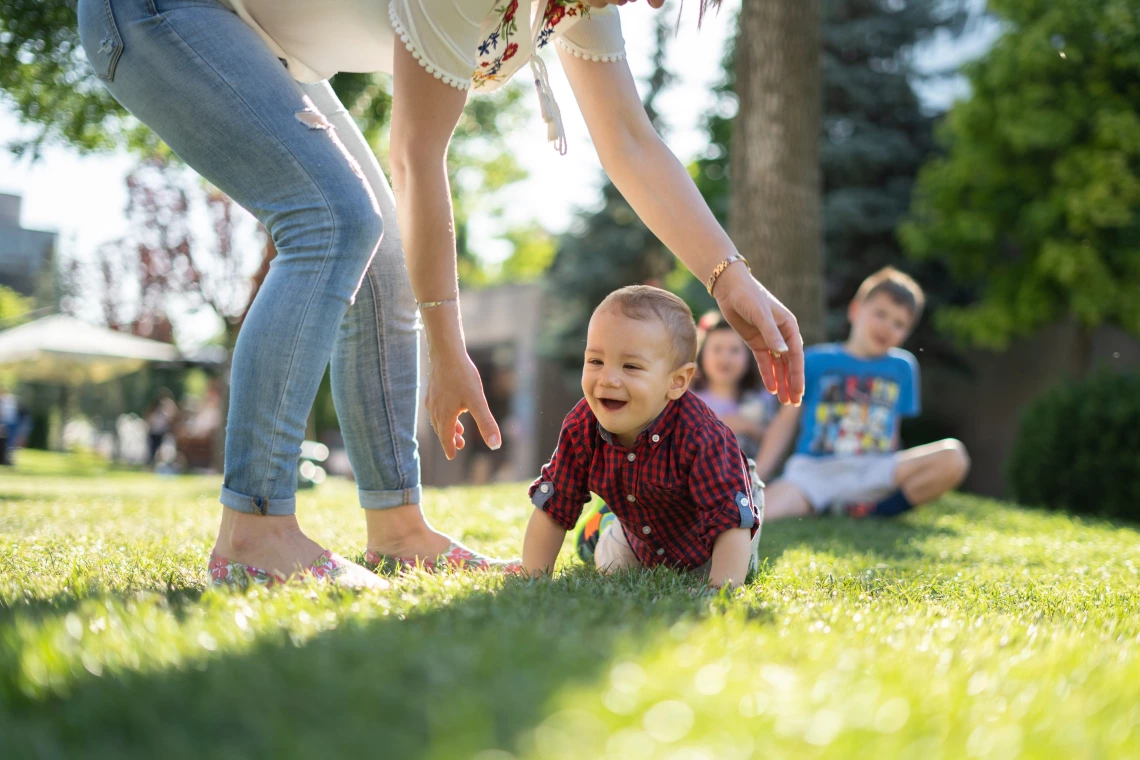Global Environmental Threats: A Person-Centered Approach

When it comes to coping with climate change, there may be two types of people: those who take action to try to improve the environment and those who don't bother because they don't believe their actions will make a difference.
Knowing who's who could help public policymakers better target their messaging around climate change, suggests a new study led by University of Arizona researcher Sabrina Helm.
Helm, an associate professor in the College of Agriculture, Life and Environmental Sciences' Norton School of Family and Consumer Sciences, studies climate anxiety and consumer behavior.
|
In her latest research, published in the journal Anxiety, Stress and Coping, Helm set out to identify how different people cope, psychologically and behaviorally, with the stressor of a changing climate. She and her collaborators surveyed 334 parents who had children between the ages of 3 and 10 living with them. They were asked about their general climate change beliefs, how stressed they feel about environmental issues, how they cope with that stress and how effective they think consumers can be in combating climate change. They also were asked how often they engage in certain behaviors, such as eating meat, traveling by air or making efforts to conserve energy and water. And they were asked questions about their mental and overall health. Based on the survey responses, the researchers identified two prevailing climate change coping profiles: adaptive approach coping and maladaptive avoidance coping. About 70% of survey respondents belonged to the first group – the adaptive approach coping profile. They tended to have higher levels of environmental concern, and related stress, and believed more in consumer effectiveness. They expressed more wishful thinking and a desire to problem solve, and were more likely to engage in pro-environmental behaviors. |
Sabrina Helm |
The remaining 30% were in the maladaptive avoidance coping group. They were less likely than those in the first group to feel guilt or personal responsibility for climate change. They also had less wishful thinking and were less likely to engage in pro-environmental behaviors or believe that their actions would make a difference.
Helm and her collaborators wondered whether people in the adaptive approach group – who tend to feel more climate-related stress – would have worse mental health overall, since previous studies have linked environmental stress to negative mental health outcomes.
Surprisingly, Helm said, they found no differences between the two groups with regard to general health, anxiety or depressive symptoms.
"Overall, we know that climate change-related anxiety is on the rise, and that may be the case for both of these profiles," Helm said. "We didn't look at climate anxiety specifically, but we looked at depressive and anxiety symptoms in general; the two groups didn't differ in their level of anxiety or mental health outcomes."
There also were not significant differences in the demographic makeup of the two groups when it came to factors such as race, income, education level or employment status. However, women were more likely to be in the adaptive approach coping group, which is consistent with the findings of prior research, Helm said.
"There's a whole host of literature suggesting that females have more environmental concern," she said.
The fact that the demographics of the two groups were so similar suggests that targeting climate change-related messaging based on demographic information alone might not be the most effective strategy, Helm said. While it might be tougher to do, determining a person's climate change coping profile could be more useful for those attempting to communicate about environmental issues and what people can do to make a difference.
"If you think in terms of messaging about climate change or environmental problems, very often we look at social demographic targeting, and according to our findings, that's not very useful because those two profiles should probably be receiving different kinds of messaging," Helm said. "Those who are already acting pro-environmentally need reinforcement of that behavior, versus those who are in the maladaptive avoidance coping profile who don't do much at all and need to be incentivized to start doing something."
Helm said future research should look at whether the same two coping profiles exist in children and teenagers, who may be experiencing greater anxiety about climate change.
"It seems from other data that climate change concern and climate-related anxiety are particularly high among young people," Helm said. "Our study didn't cover the below-18 group, so understanding what's going on in that demographic might be interesting, to see if our findings hold there."


